SEO
What Is Programmatic Advertising? How Does It Work?

Programmatic advertising has been a buzzword in the marketing industry for quite some time. But what does programmatic actually do? And how does it differ from traditional display marketing?
Read on to learn everything you need to know to be successful at programmatic advertising.
What Is Programmatic Advertising?
Programmatic advertising uses automated technology and algorithmic tools for media buying. The term programmatic relates to the process of how ads are bought and sold in the advertising space.
Programmatic advertising differs from more traditional media buying methods in its use of automation.
It analyzes many user signals to ensure that ads serve the right person, in the right place, at the right time.
Think of programmatic as the umbrella in this category, where different types of programmatic buying are categorized beneath it.
What’s The Difference Between Programmatic And Display Ads?
It’s easy to confuse display and programmatic ads, especially with the strides that Google has made in its automated and real-time bidding capabilities.
The largest difference between programmatic and display is:
- Programmatic refers to how ads are bought.
- Display refers to the format of how ads appear.
The second biggest difference between display and programmatic is the ability to buy ads across platforms.
Display ads are more commonly referred to when placing ads within one specific ad network, such as the Google Display Network.
Programmatic advertising, on the other hand, takes display media to the next level.
Multiple platforms exist for programmatic, such as sell-side platforms (SSPs) and demand-side platforms (DSPs), allowing advertisers to buy ad inventory across an open network of platforms.
With both programmatic and display, advertisers typically have control over the following:
- Audience.
- Bidding strategy.
- Budget.
- Creative and assets.
- Placements.
Programmatic Advertising Platforms
Automated technology has made significant strides throughout the years.
There are many types of programmatic platforms.
The three main types of platforms are:
- Sell-side platform. Also known as a “supply-side platform,” this platform allows publishers to sell their ad impressions to advertisers in real time. This platform encompasses both DSPs and ad exchanges.
- Demand-side platform. This platform allows advertisers to purchase ad inventory across multiple platforms at once.
- Ad exchangers. This is how SSPs flow their ad inventory to DSPs. DSPs connect to an ad exchanger, where ad prices fluctuate based on the competitiveness of that inventory.
To familiarize yourself with the different platform types, let’s take a look at some of the major players in each category.
Sell-Side Platforms
A comprehensive list of SSPs for publishers includes:
- Google Ad Manager.
- Amazon Publisher Services.
- OpenX.
- Google AdMob.
- Yahoo Ad Tech.
- TripleLift.
- PubMatic.
- Verizon Media.
- Xandr (Microsoft).
- Index Exchange.
- Sovrn.
- Magnite.
- Media.net.
- Criteo.
If you’re looking for a video SSP, some of the leading companies include:
- SpotX.
- Teads.
- AdColony (now DigitalTurbine).
While there are many more available to publishers, these are companies you may have heard of but might not have associated with programmatic technology.
Demand-Side Platforms
Similar to SSPs, these company names may ring a bell and offer DSPs.
Some of the top DSPs include:
- Display & Video 360 (Google).
- The Trade Desk.
- Amazon DSP.
- LiveRamp.
- Adobe Advertising Cloud DSP.
- StackAdapt.
- Amobee.
- Yahoo Ad Tech.
- AdRoll.
- Basis (formerly Centro).
- RhythmOne.
- Choozle.
- BrightRoll.
Some of the larger DSPs for Connected TV and video include:
- TubeMogul.
- OneView (Roku).
- MediaMath.
Again, there are many more DSPs available to advertisers. It’s important to choose a DSP with the features and inventory you are looking for.
Some DSPs offer self-serve advertising, while others offer both self-serve and full-managed service (likely to larger advertisers or agencies).
Ad Exchangers
Some of the more well-known ad exchangers available to publishers include:
- Xandr (Microsoft).
- Verizon Media.
- OpenX.
- PubMatic.
- Google Ad Exchange.
- Index Exchange.
- Magnite.
- Smaato.
Not all ad exchanges are equal.
It’s important for publishers to research options carefully and choose platforms that align with their goals.
How Much Does Programmatic Advertising Cost?
Simply put, programmatic advertising can cost as little or as much as your budget allows.
It’s a common misconception that small businesses can’t benefit from programmatic technologies – but we’re here to correct that.
Programmatic ads are typically bought on a cost-per-thousand-impressions (CPM) basis.
CPMs typically range anywhere between $0.50-$2.00.
However, CPMs can be much higher based on factors such as:
- Which DSP you choose.
- Your target audience.
- The level of competitiveness.
A good rule of thumb for programmatic ad cost is: The more niche your audience, the higher CPM you will pay.
So, whether you’re a multi-million dollar advertiser or a small business just getting started, you can likely fit programmatic into your advertising budget.
What Are The Benefits Of Programmatic Advertising?
There are many benefits to incorporating programmatic advertising into your marketing strategy.
Some of the top benefits include:
- Large-scale audience reach.
- Efficient and low-cost awareness.
- Real-time data and analysis.
- Ability to utilize first and third-party data.
- Opportunities for cross-device campaign strategies.
Large-Scale Audience Reach
Arguably the biggest benefit of programmatic advertising is the ability to grow and scale.
Programmatic is the best way to buy ad inventory to reach the masses due to the abundance of cross-platform inventory.
Efficient And Low-Cost Awareness
Related to the above benefit of scaling reach, programmatic is one of the most cost-effective types of advertising out there today.
Earlier, we discussed average CPMs for programmatic averaging between $0.50-$2.00.
Even with a small budget, your marketing dollars can go pretty far to reach your target audience and increase awareness of your product or service.
Real-Time Data And Analysis
Because programmatic platforms rely on real-time bidding, advertisers reap the benefit of receiving near real-time data.
Why does this matter?
Real-time data means you can make faster decisions and pivots. It also puts you in a proactive – instead of reactive – mode.
Utilizing First And Third-Party Data
Another benefit of programmatic advertising is the type of data segments available to advertisers.
For example, advertisers can upload owned first-party data in a secure way and target those people directly, using real-time bidding signals.
Taking that a step further, DSPs have many third-party segments that advertisers can choose to target if they don’t have first-party data.
Another type of third-party data advertisers can leverage is turning their first-party data into third-party data by creating lookalike audiences of their own customers.
This avenue opens the door to finding new customers similar to current ones.
Cross-Device Campaign Strategy
It’s important to note that programmatic advertising is typically seen as an awareness tactic.
Because of this, companies that look solely at last-click success often overlook the true potential of programmatic advertising.
So, how does programmatic fit into a cross-device campaign?
The key is to capture that initial awareness to users through programmatic ads.
Likely, a user won’t purchase a product or service after the first interaction with a brand.
Once a user’s interest is peaked, you have the ability to remarket to them on other platforms based on their interaction or engagement with that initial ad.
Marrying that data together from the first interaction to eventual purchase is key to determining the success of your programmatic strategy.
Types Of Programmatic Advertising
There are different types of programmatic advertising.
These should not be confused with the programmatic platforms themselves.
The types of programmatic advertising are simply how an advertiser purchases ad inventory.
The four most common types are:
- Real-time bidding. This type of bidding is open to all advertisers, where ad auctions happen in real-time. This is also known as the “open marketplace.”
- Private marketplace. This bidding happens when publishers have agreements with a limited number of advertisers. These websites typically offer premium pricing because of the coveted ad space.
- Preferred deals. A lesser-known type of programmatic advertising. Advertisers choose ad spots before they go on the private or open market. This is also known as “spot buying.”
- Programmatic guaranteed. Similar to a preferred deal, but there is no auction bidding. The publisher and advertiser agree on a fixed price for ad inventory.
Programmatic Advertising Examples
Programmatic ads come in all shapes and sizes.
The beauty of using programmatic ads is tailoring the content to your chosen target audience.
A few well-executed programmatic campaigns include:
Amanda Foundation
The Amanda Foundation is a non-profit animal hospital and shelter rescue in the Los Angeles area.
It created a campaign to help at-risk shelter animals find a home during their final days.
Specifically, it leveraged programmatic signals like location, demographics, and browsing behavior to tailor specific animal images to its audience.
If a user was interested in large dogs, they would be served a banner ad with large dogs instead of smaller dogs.
As you can see, messages and images were tailored to the individual’s behavior and interests.
Geico Insurance
You’ve most likely seen or heard some version of a Geico ad.
Have you ever thought about the different ads Geico targets for you, though?
Geico uses such ad formats as TV commercials, website banner ads, social media ads, and more, to create a true cross-platform awareness campaign.
The brand carefully chooses its content based on the platform it serves on, the target audience and demographics, and more.
Its commercials are so popular, in fact, that Geico has dedicated a resource page on its website where users can view their favorite commercials.
Conclusion
The basics and benefits of programmatic advertising can help guide your existing programmatic strategy, or if you’re just getting started, create a new strategy that incorporates programmatic.
Understanding the functionality and features of each platform will be a critical component of your programmatic success.
More resources:
Featured Image: ArtemisDiana/Shutterstock
SEO
Measuring Content Impact Across The Customer Journey
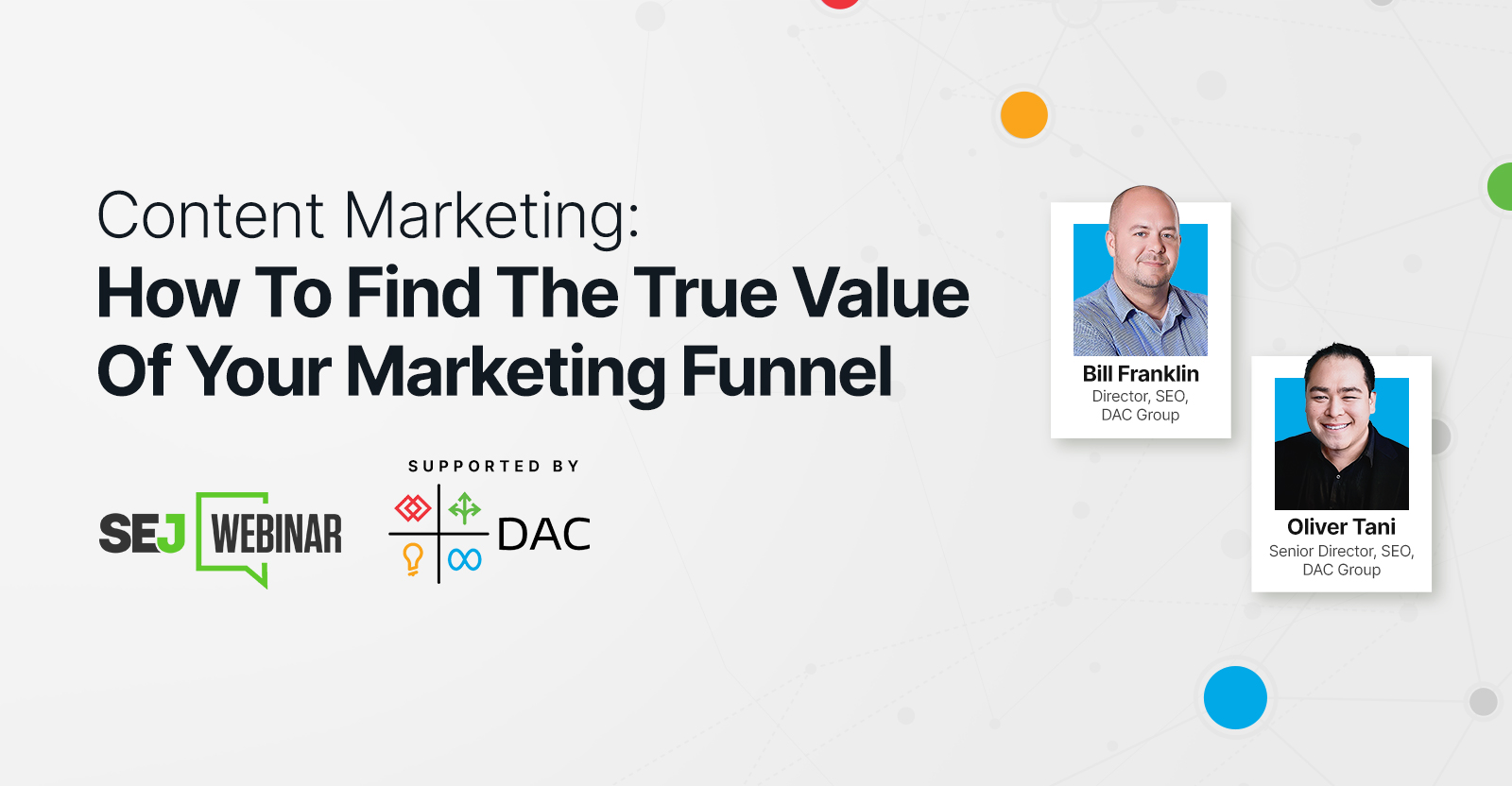
Understanding the impact of your content at every touchpoint of the customer journey is essential – but that’s easier said than done. From attracting potential leads to nurturing them into loyal customers, there are many touchpoints to look into.
So how do you identify and take advantage of these opportunities for growth?
Watch this on-demand webinar and learn a comprehensive approach for measuring the value of your content initiatives, so you can optimize resource allocation for maximum impact.
You’ll learn:
- Fresh methods for measuring your content’s impact.
- Fascinating insights using first-touch attribution, and how it differs from the usual last-touch perspective.
- Ways to persuade decision-makers to invest in more content by showcasing its value convincingly.
With Bill Franklin and Oliver Tani of DAC Group, we unravel the nuances of attribution modeling, emphasizing the significance of layering first-touch and last-touch attribution within your measurement strategy.
Check out these insights to help you craft compelling content tailored to each stage, using an approach rooted in first-hand experience to ensure your content resonates.
Whether you’re a seasoned marketer or new to content measurement, this webinar promises valuable insights and actionable tactics to elevate your SEO game and optimize your content initiatives for success.
View the slides below or check out the full webinar for all the details.
SEO
How to Find and Use Competitor Keywords
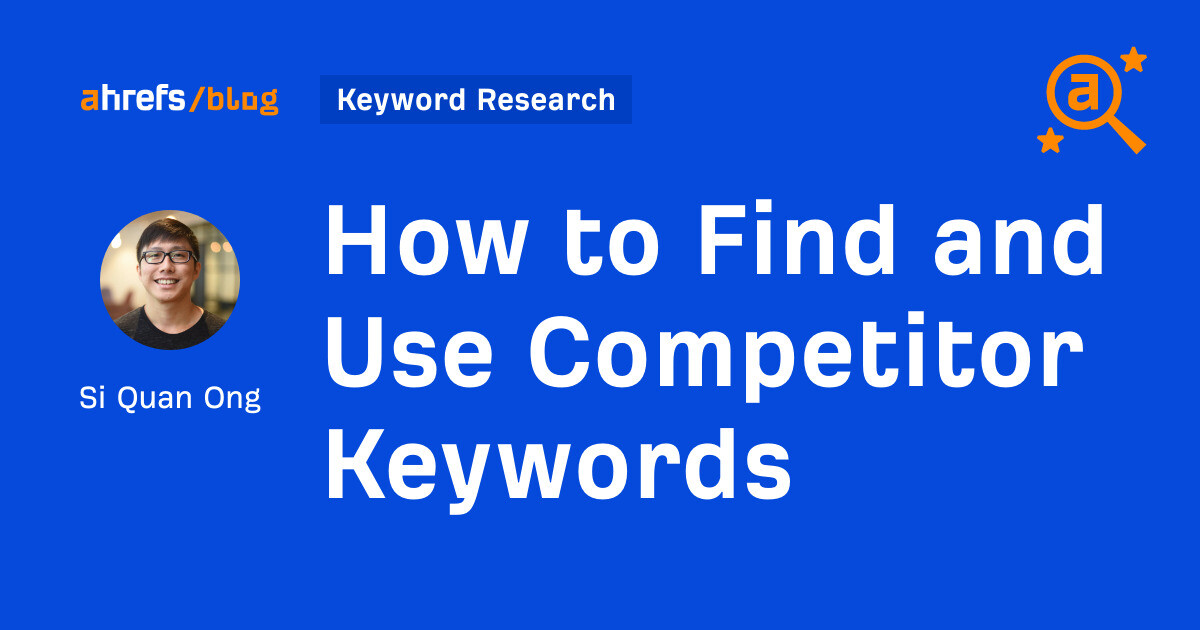
Competitor keywords are the keywords your rivals rank for in Google’s search results. They may rank organically or pay for Google Ads to rank in the paid results.
Knowing your competitors’ keywords is the easiest form of keyword research. If your competitors rank for or target particular keywords, it might be worth it for you to target them, too.
There is no way to see your competitors’ keywords without a tool like Ahrefs, which has a database of keywords and the sites that rank for them. As far as we know, Ahrefs has the biggest database of these keywords.
How to find all the keywords your competitor ranks for
- Go to Ahrefs’ Site Explorer
- Enter your competitor’s domain
- Go to the Organic keywords report
The report is sorted by traffic to show you the keywords sending your competitor the most visits. For example, Mailchimp gets most of its organic traffic from the keyword “mailchimp.”


Since you’re unlikely to rank for your competitor’s brand, you might want to exclude branded keywords from the report. You can do this by adding a Keyword > Doesn’t contain filter. In this example, we’ll filter out keywords containing “mailchimp” or any potential misspellings:
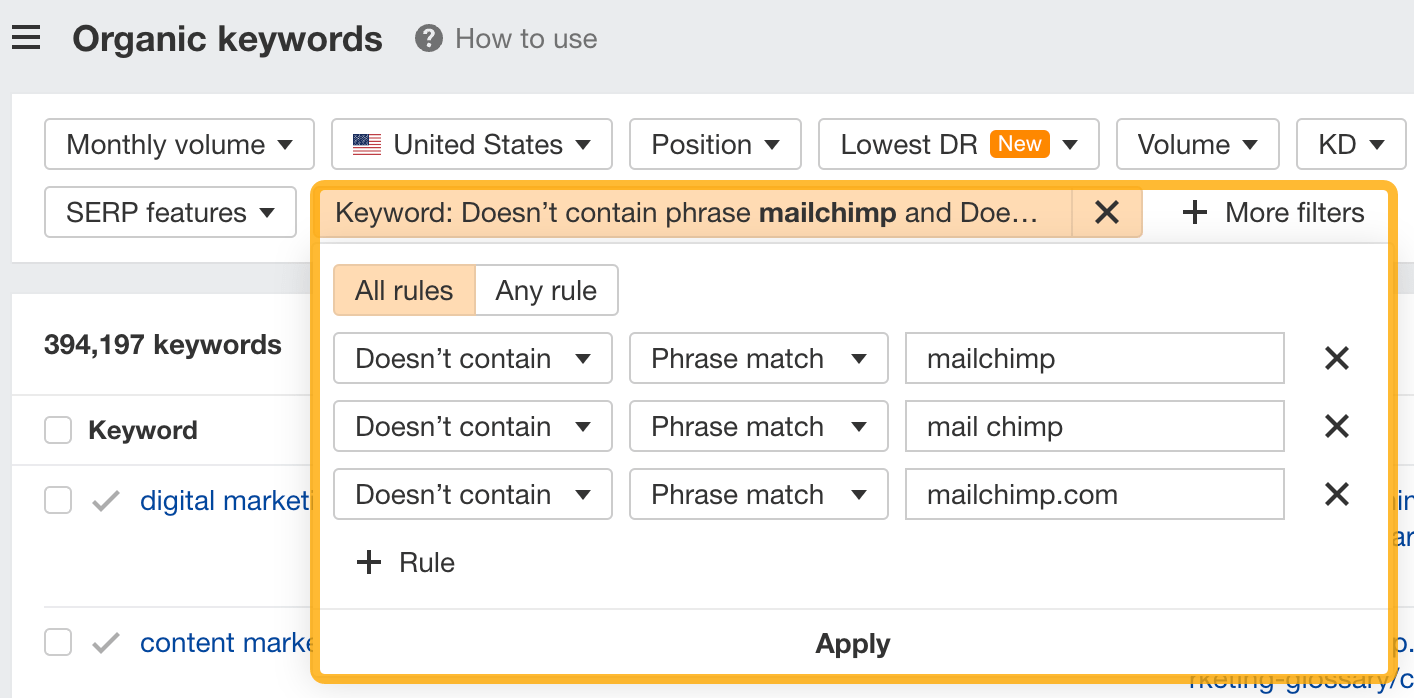

If you’re a new brand competing with one that’s established, you might also want to look for popular low-difficulty keywords. You can do this by setting the Volume filter to a minimum of 500 and the KD filter to a maximum of 10.
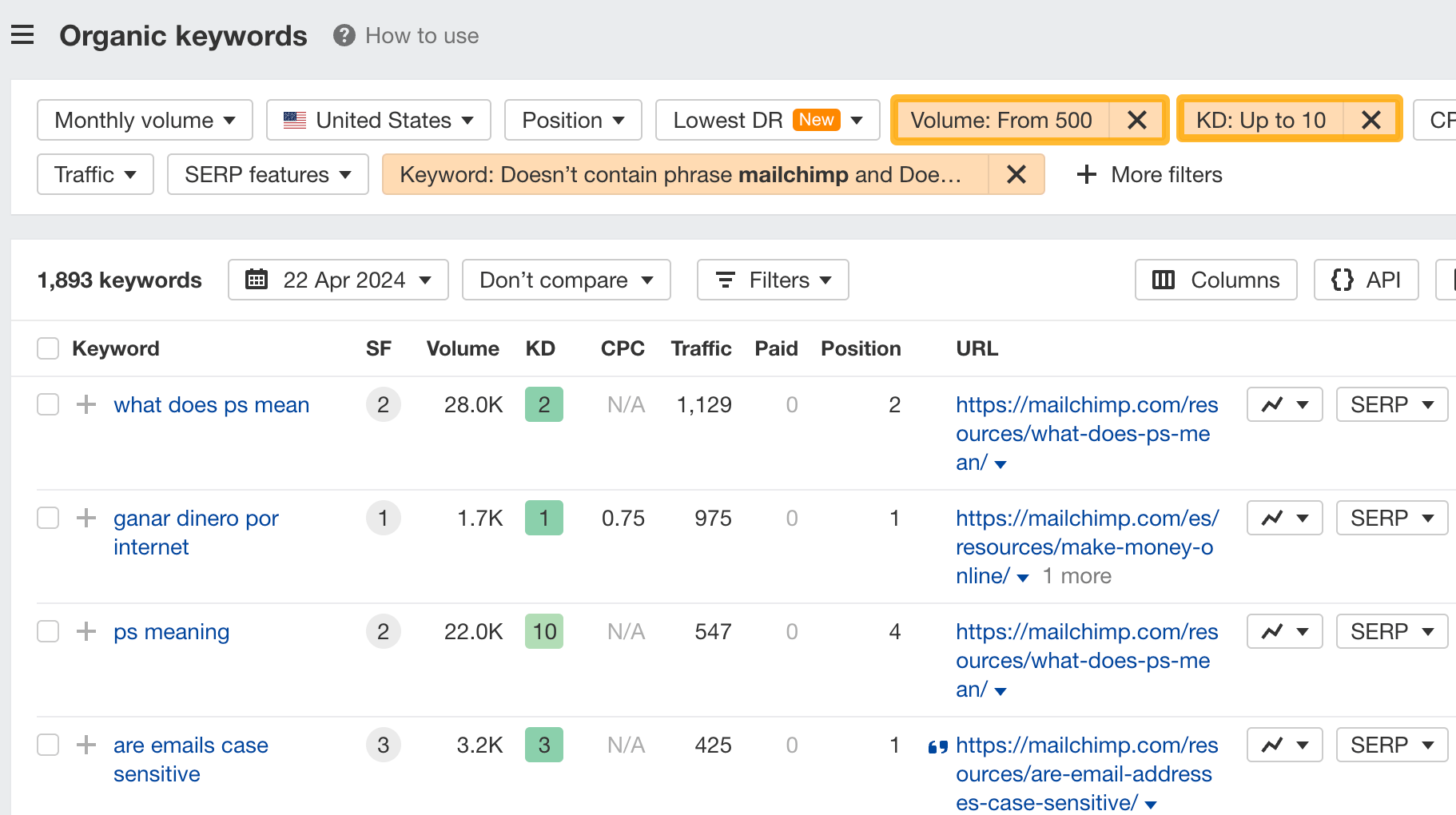

How to find keywords your competitor ranks for, but you don’t
- Go to Competitive Analysis
- Enter your domain in the This target doesn’t rank for section
- Enter your competitor’s domain in the But these competitors do section
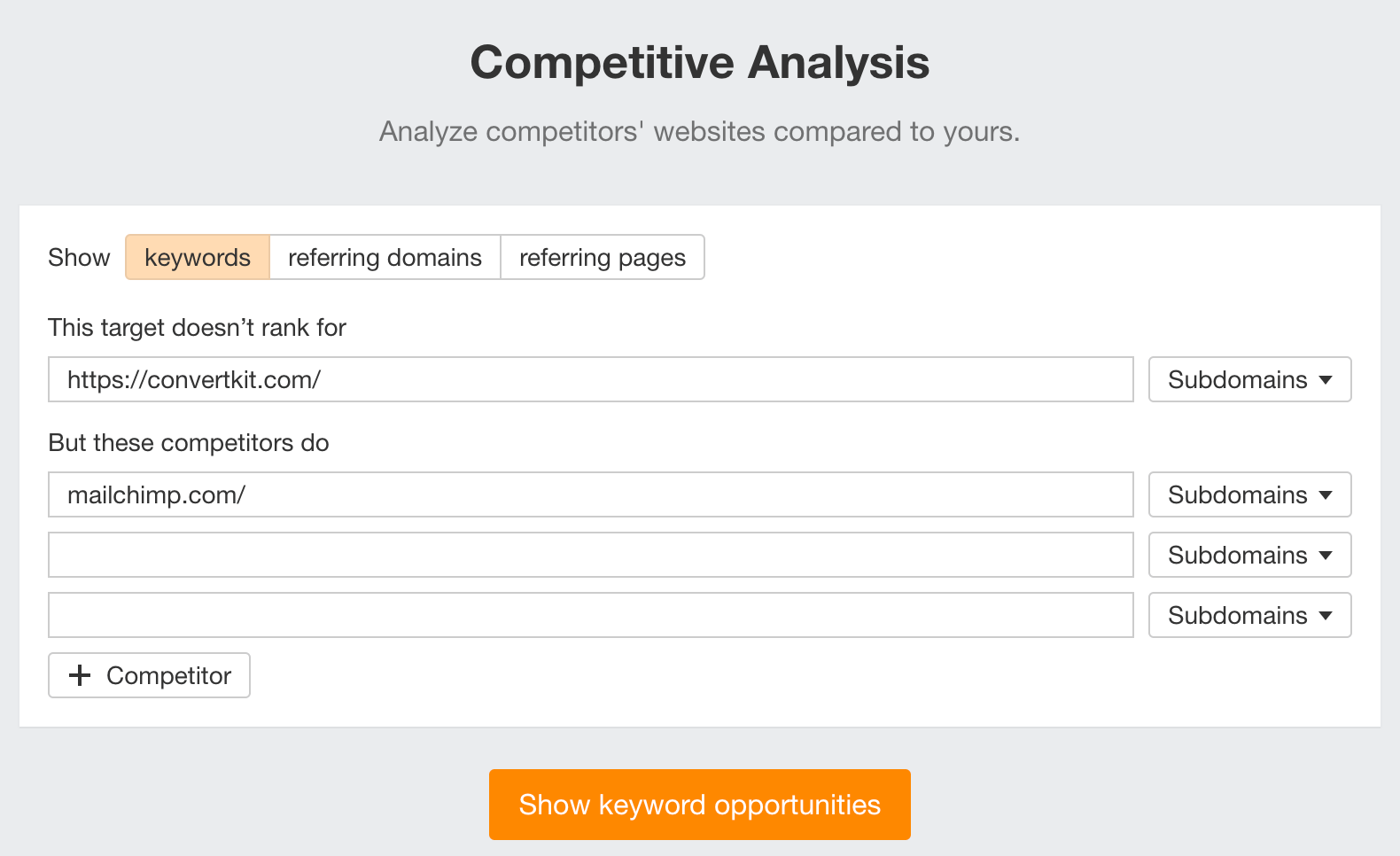

Hit “Show keyword opportunities,” and you’ll see all the keywords your competitor ranks for, but you don’t.
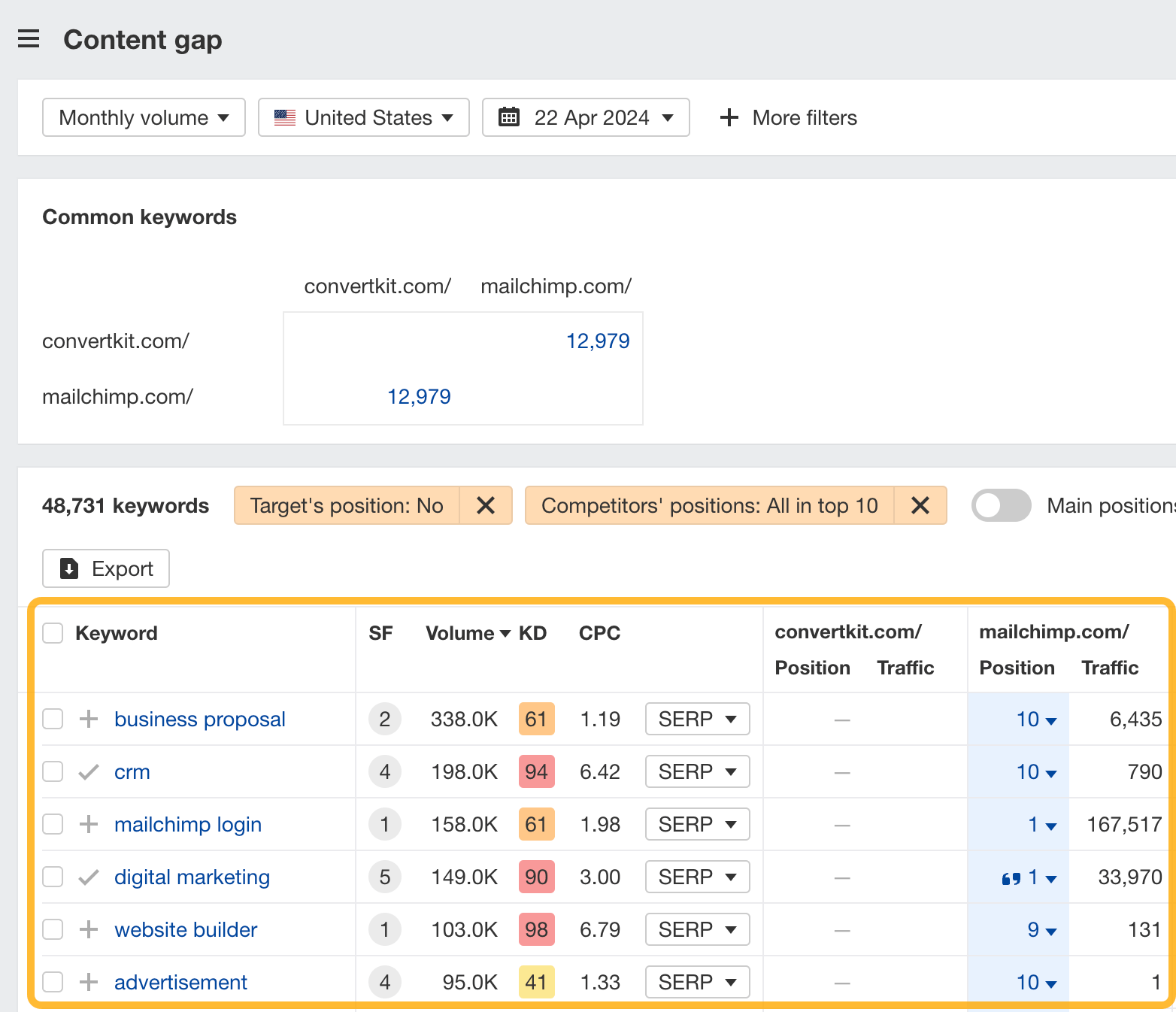

You can also add a Volume and KD filter to find popular, low-difficulty keywords in this report.
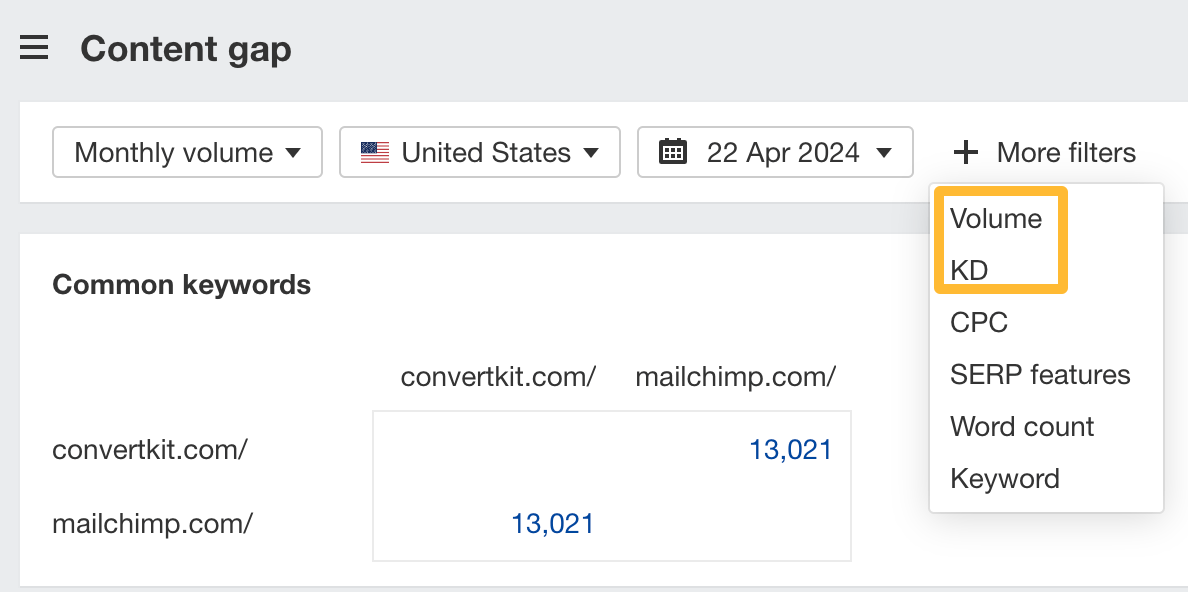

How to find keywords multiple competitors rank for, but you don’t
- Go to Competitive Analysis
- Enter your domain in the This target doesn’t rank for section
- Enter the domains of multiple competitors in the But these competitors do section
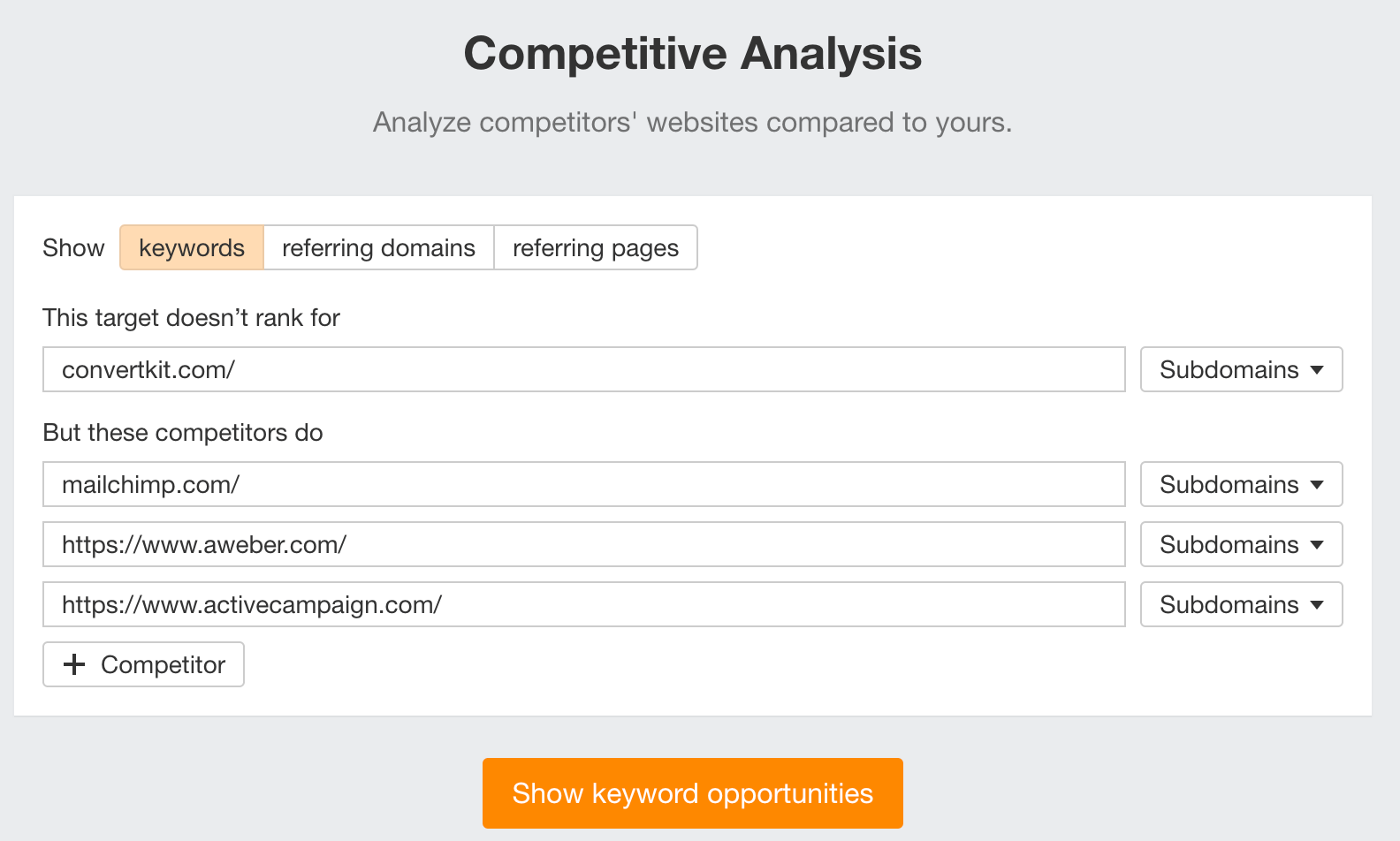

You’ll see all the keywords that at least one of these competitors ranks for, but you don’t.
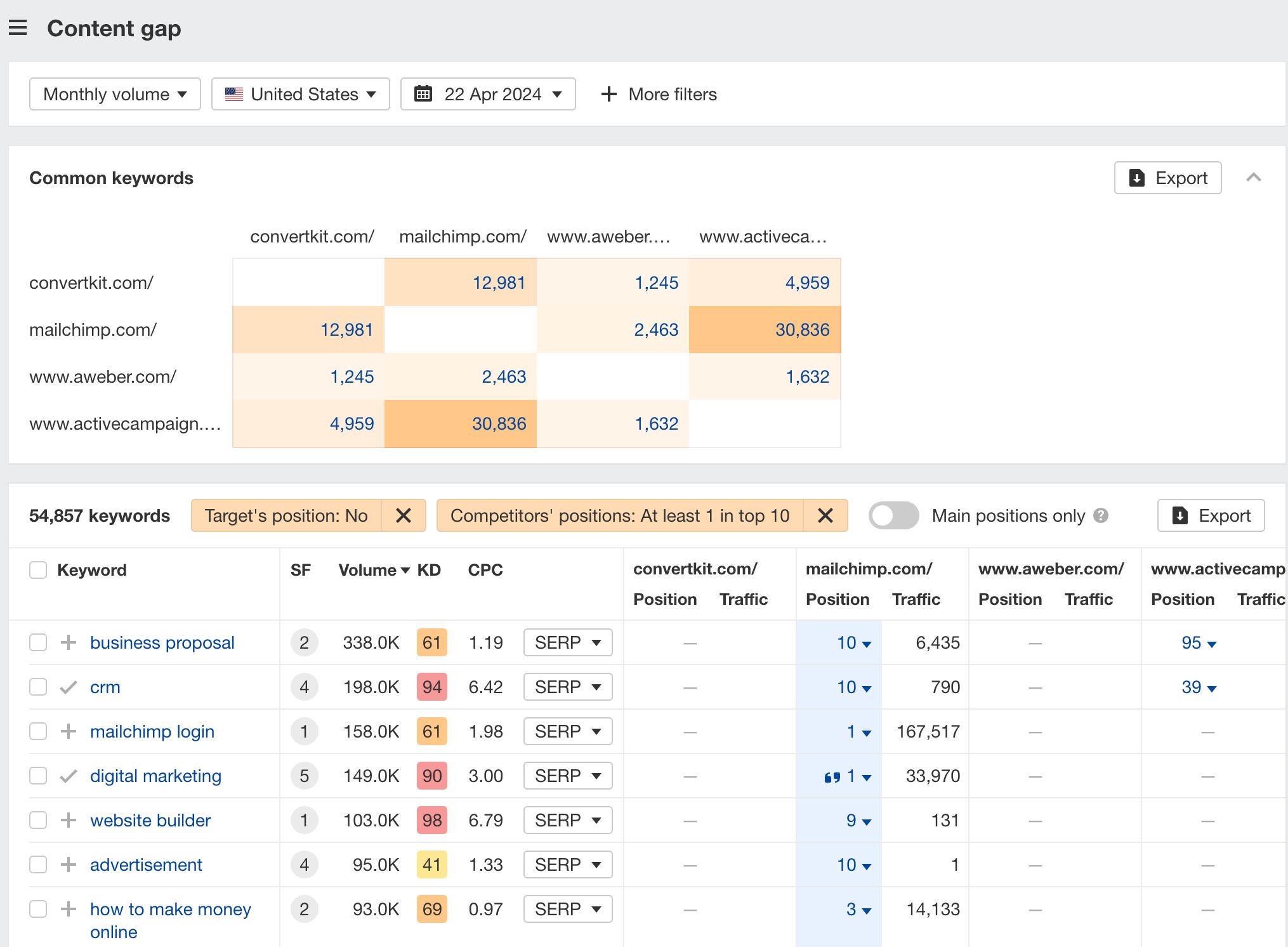

You can also narrow the list down to keywords that all competitors rank for. Click on the Competitors’ positions filter and choose All 3 competitors:
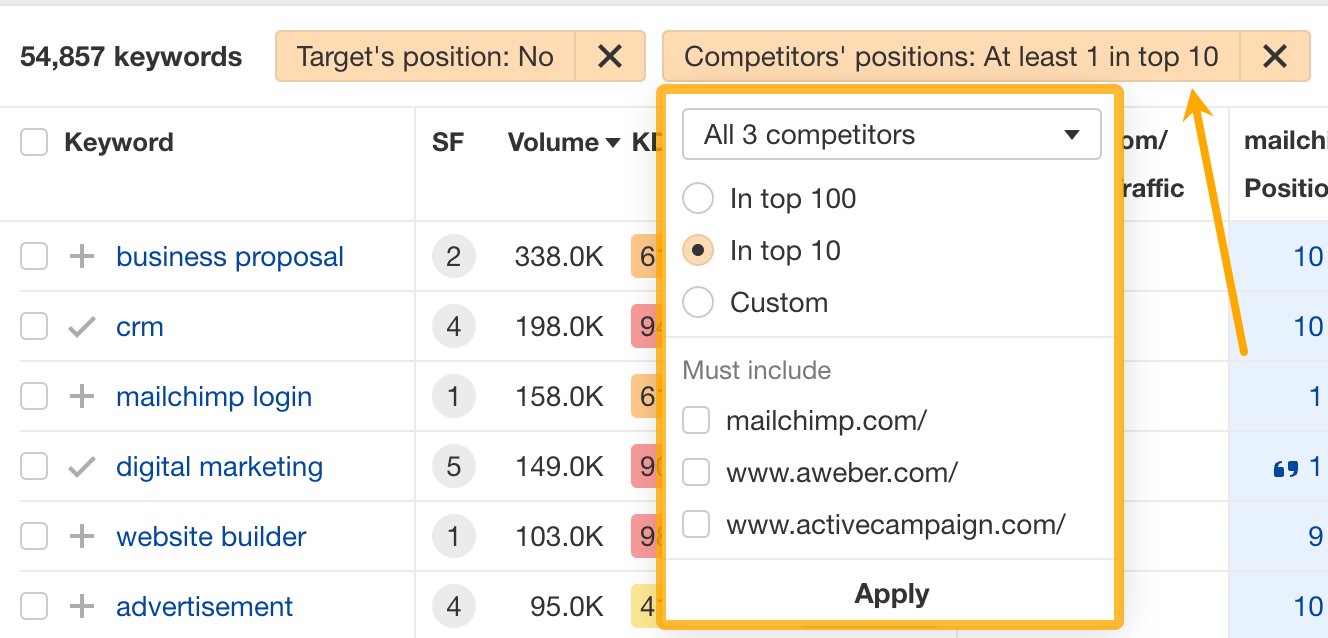

- Go to Ahrefs’ Site Explorer
- Enter your competitor’s domain
- Go to the Paid keywords report
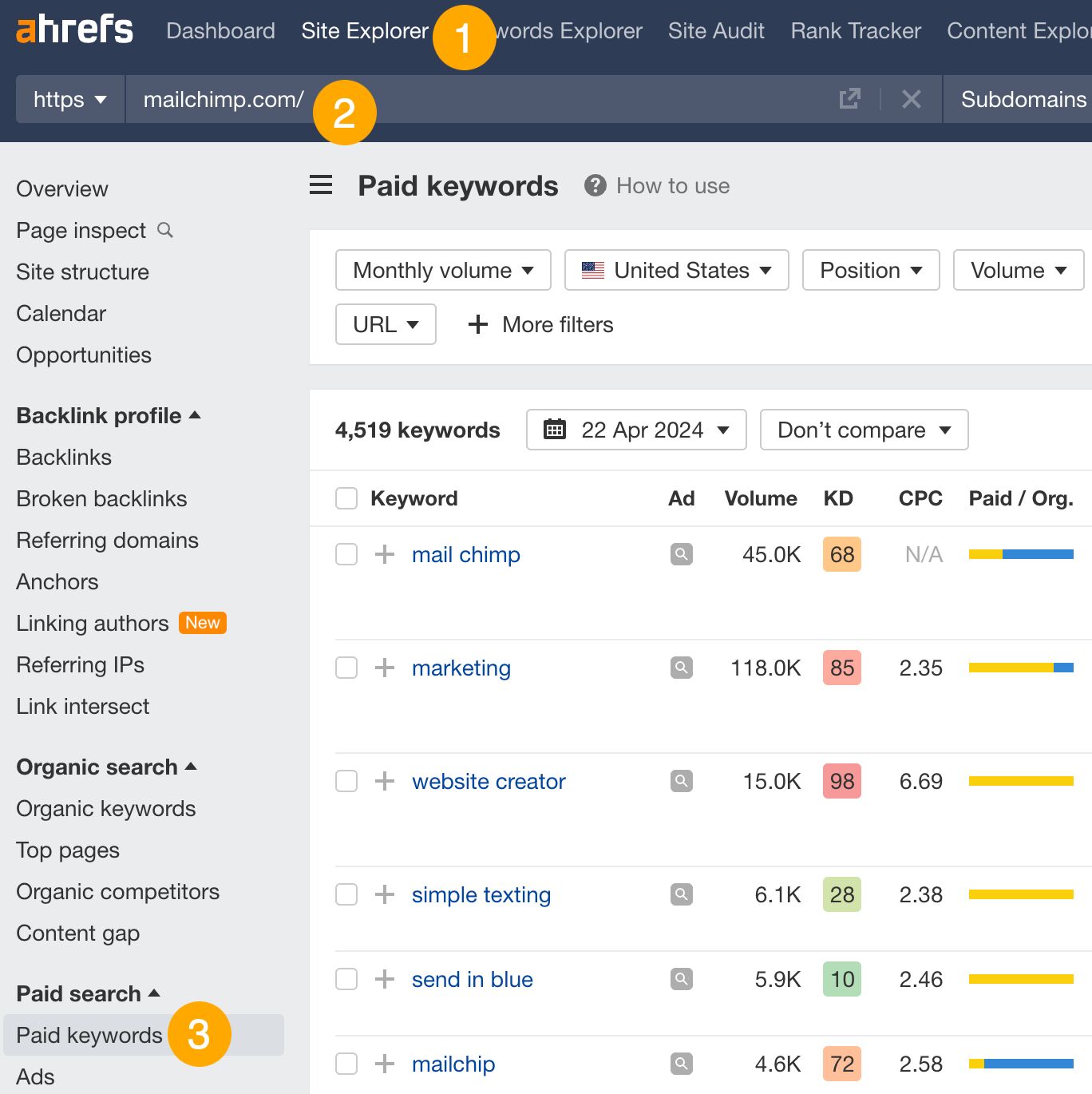

This report shows you the keywords your competitors are targeting via Google Ads.
Since your competitor is paying for traffic from these keywords, it may indicate that they’re profitable for them—and could be for you, too.
You know what keywords your competitors are ranking for or bidding on. But what do you do with them? There are basically three options.
1. Create pages to target these keywords
You can only rank for keywords if you have content about them. So, the most straightforward thing you can do for competitors’ keywords you want to rank for is to create pages to target them.
However, before you do this, it’s worth clustering your competitor’s keywords by Parent Topic. This will group keywords that mean the same or similar things so you can target them all with one page.
Here’s how to do that:
- Export your competitor’s keywords, either from the Organic Keywords or Content Gap report
- Paste them into Keywords Explorer
- Click the “Clusters by Parent Topic” tab
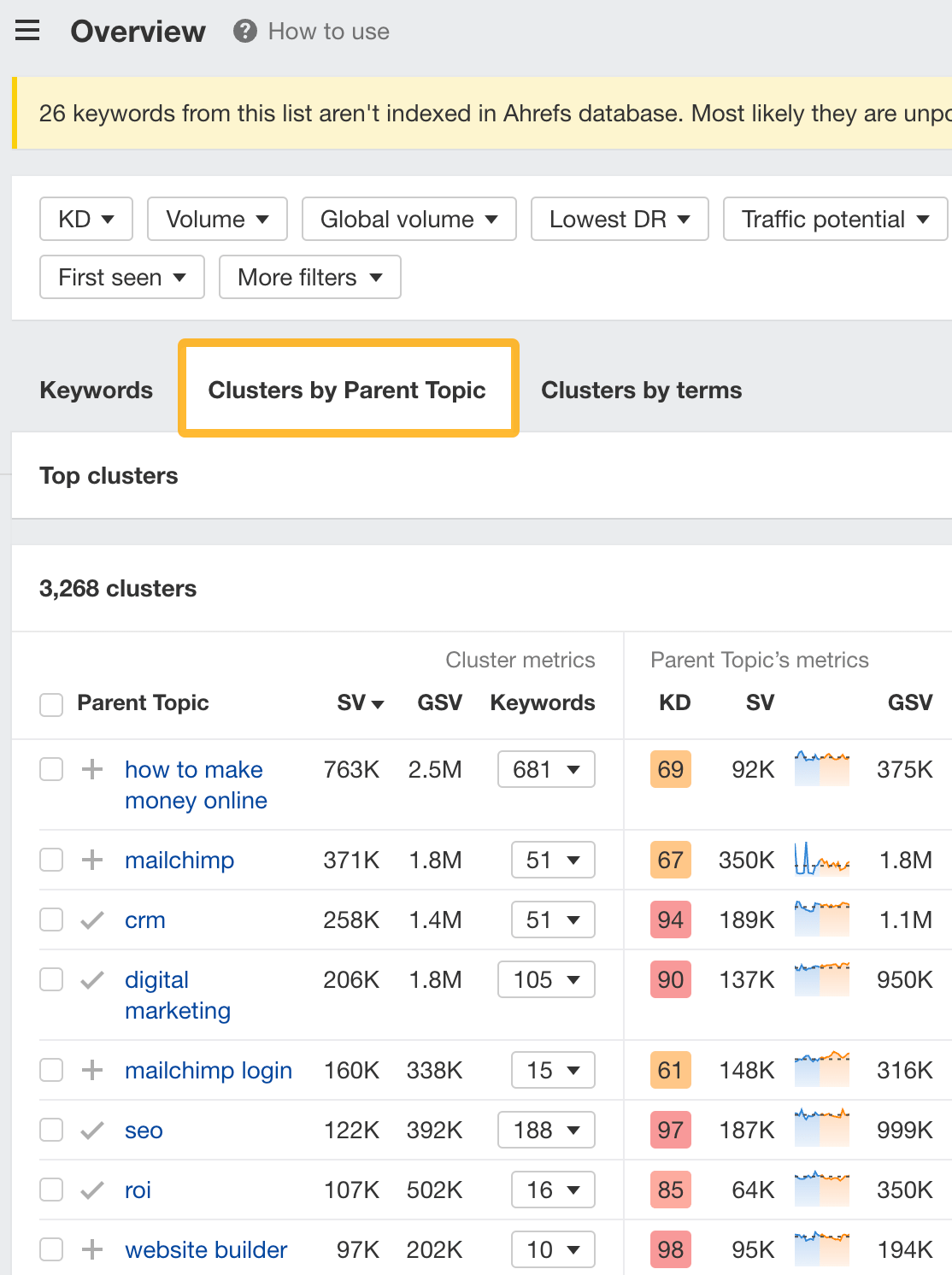

For example, MailChimp ranks for keywords like “what is digital marketing” and “digital marketing definition.” These and many others get clustered under the Parent Topic of “digital marketing” because people searching for them are all looking for the same thing: a definition of digital marketing. You only need to create one page to potentially rank for all these keywords.
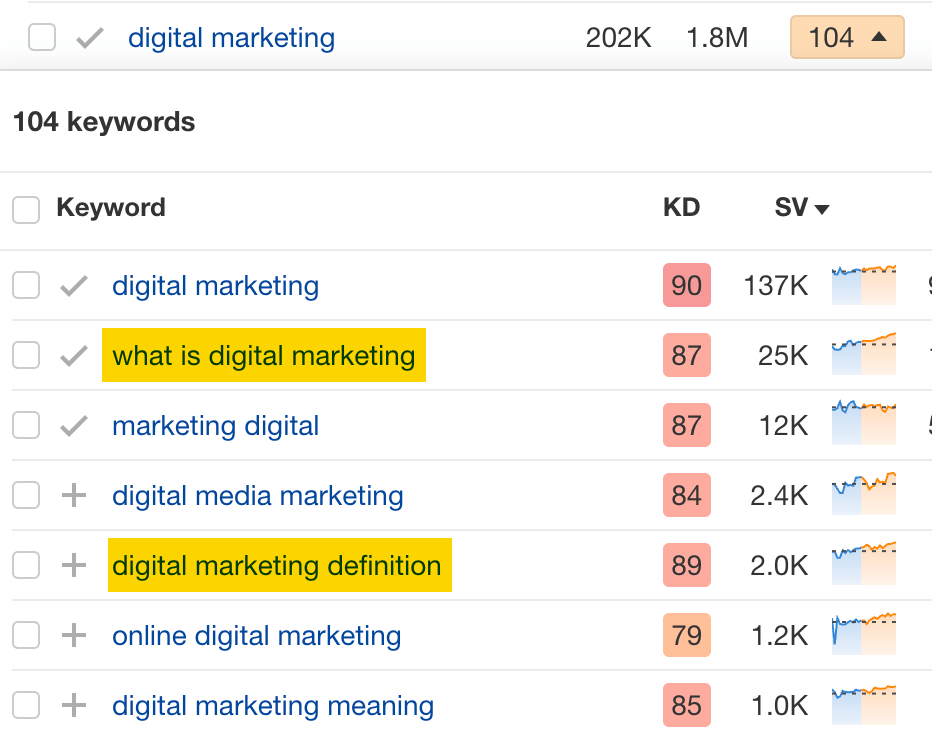

2. Optimize existing content by filling subtopics
You don’t always need to create new content to rank for competitors’ keywords. Sometimes, you can optimize the content you already have to rank for them.
How do you know which keywords you can do this for? Try this:
- Export your competitor’s keywords
- Paste them into Keywords Explorer
- Click the “Clusters by Parent Topic” tab
- Look for Parent Topics you already have content about
For example, if we analyze our competitor, we can see that seven keywords they rank for fall under the Parent Topic of “press release template.”


If we search our site, we see that we already have a page about this topic.


If we click the caret and check the keywords in the cluster, we see keywords like “press release example” and “press release format.”
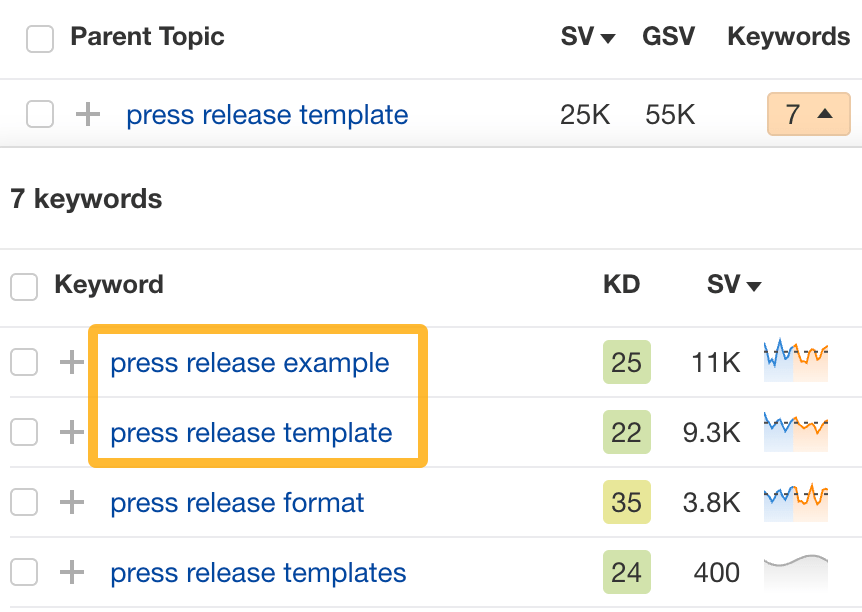

To rank for the keywords in the cluster, we can probably optimize the page we already have by adding sections about the subtopics of “press release examples” and “press release format.”
3. Target these keywords with Google Ads
Paid keywords are the simplest—look through the report and see if there are any relevant keywords you might want to target, too.
For example, Mailchimp is bidding for the keyword “how to create a newsletter.”


If you’re ConvertKit, you may also want to target this keyword since it’s relevant.
If you decide to target the same keyword via Google Ads, you can hover over the magnifying glass to see the ads your competitor is using.
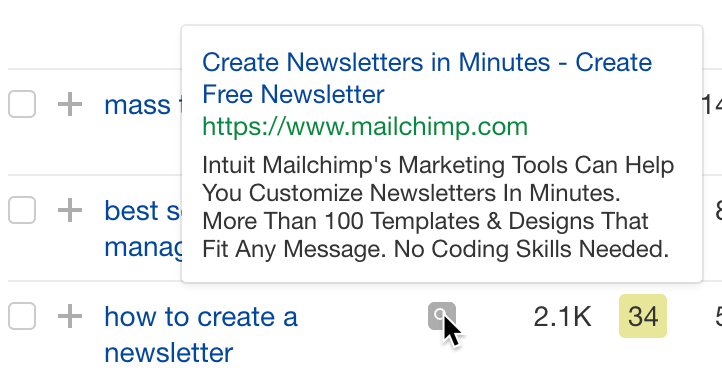

You can also see the landing page your competitor directs ad traffic to under the URL column.


Learn more
Check out more tutorials on how to do competitor keyword analysis:
SEO
Google Confirms Links Are Not That Important
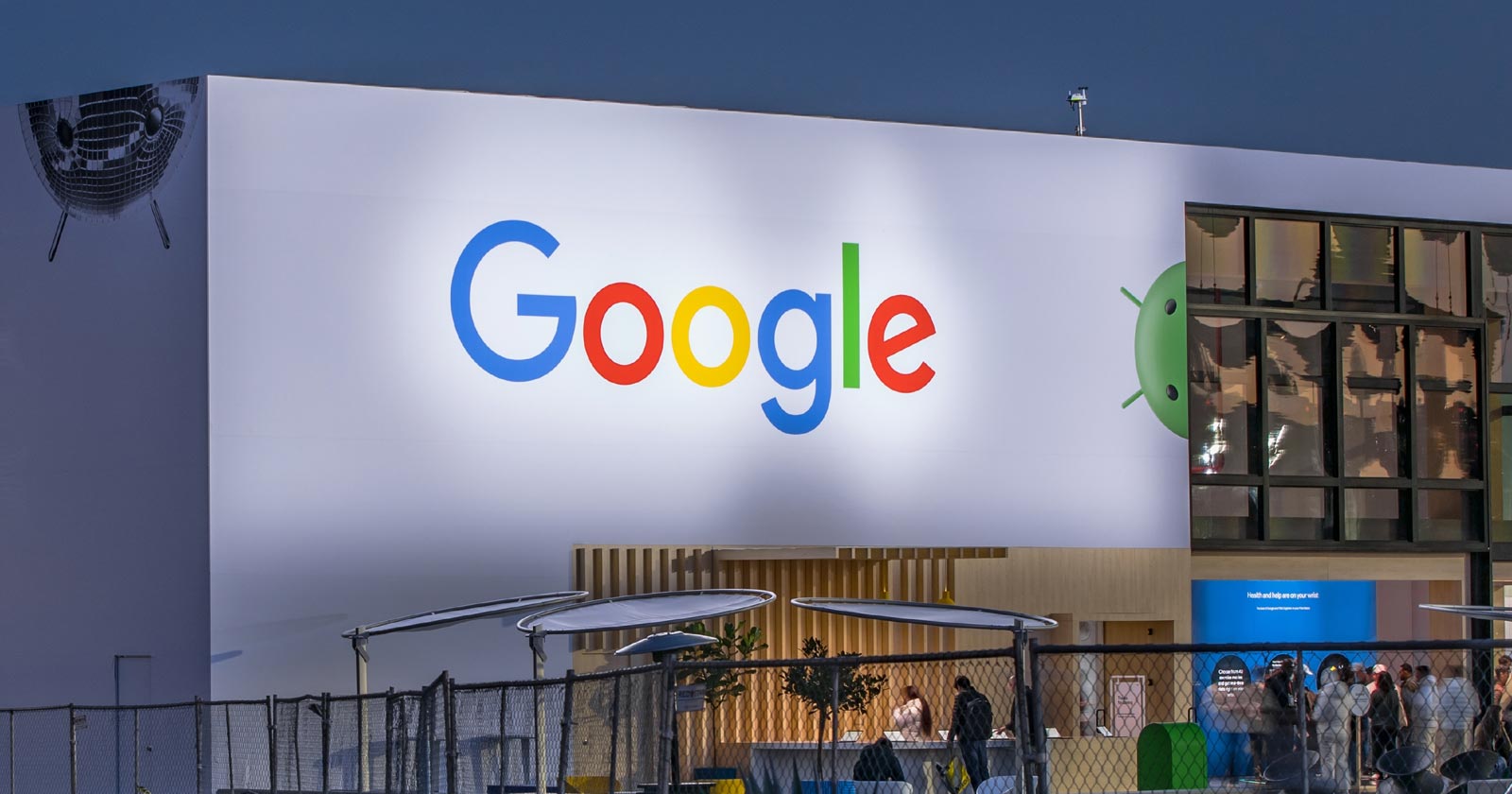
Google’s Gary Illyes confirmed at a recent search marketing conference that Google needs very few links, adding to the growing body of evidence that publishers need to focus on other factors. Gary tweeted confirmation that he indeed say those words.
Background Of Links For Ranking
Links were discovered in the late 1990’s to be a good signal for search engines to use for validating how authoritative a website is and then Google discovered soon after that anchor text could be used to provide semantic signals about what a webpage was about.
One of the most important research papers was Authoritative Sources in a Hyperlinked Environment by Jon M. Kleinberg, published around 1998 (link to research paper at the end of the article). The main discovery of this research paper is that there is too many web pages and there was no objective way to filter search results for quality in order to rank web pages for a subjective idea of relevance.
The author of the research paper discovered that links could be used as an objective filter for authoritativeness.
Kleinberg wrote:
“To provide effective search methods under these conditions, one needs a way to filter, from among a huge collection of relevant pages, a small set of the most “authoritative” or ‘definitive’ ones.”
This is the most influential research paper on links because it kick-started more research on ways to use links beyond as an authority metric but as a subjective metric for relevance.
Objective is something factual. Subjective is something that’s closer to an opinion. The founders of Google discovered how to use the subjective opinions of the Internet as a relevance metric for what to rank in the search results.
What Larry Page and Sergey Brin discovered and shared in their research paper (The Anatomy of a Large-Scale Hypertextual Web Search Engine – link at end of this article) was that it was possible to harness the power of anchor text to determine the subjective opinion of relevance from actual humans. It was essentially crowdsourcing the opinions of millions of website expressed through the link structure between each webpage.
What Did Gary Illyes Say About Links In 2024?
At a recent search conference in Bulgaria, Google’s Gary Illyes made a comment about how Google doesn’t really need that many links and how Google has made links less important.
Patrick Stox tweeted about what he heard at the search conference:
” ‘We need very few links to rank pages… Over the years we’ve made links less important.’ @methode #serpconf2024″
Google’s Gary Illyes tweeted a confirmation of that statement:
“I shouldn’t have said that… I definitely shouldn’t have said that”
Why Links Matter Less
The initial state of anchor text when Google first used links for ranking purposes was absolutely non-spammy, which is why it was so useful. Hyperlinks were primarily used as a way to send traffic from one website to another website.
But by 2004 or 2005 Google was using statistical analysis to detect manipulated links, then around 2004 “powered-by” links in website footers stopped passing anchor text value, and by 2006 links close to the words “advertising” stopped passing link value, links from directories stopped passing ranking value and by 2012 Google deployed a massive link algorithm called Penguin that destroyed the rankings of likely millions of websites, many of which were using guest posting.
The link signal eventually became so bad that Google decided in 2019 to selectively use nofollow links for ranking purposes. Google’s Gary Illyes confirmed that the change to nofollow was made because of the link signal.
Google Explicitly Confirms That Links Matter Less
In 2023 Google’s Gary Illyes shared at a PubCon Austin that links were not even in the top 3 of ranking factors. Then in March 2024, coinciding with the March 2024 Core Algorithm Update, Google updated their spam policies documentation to downplay the importance of links for ranking purposes.
The documentation previously said:
“Google uses links as an important factor in determining the relevancy of web pages.”
The update to the documentation that mentioned links was updated to remove the word important.
Links are not just listed as just another factor:
“Google uses links as a factor in determining the relevancy of web pages.”
At the beginning of April Google’s John Mueller advised that there are more useful SEO activities to engage on than links.
Mueller explained:
“There are more important things for websites nowadays, and over-focusing on links will often result in you wasting your time doing things that don’t make your website better overall”
Finally, Gary Illyes explicitly said that Google needs very few links to rank webpages and confirmed it.
I shouldn’t have said that… I definitely shouldn’t have said that
— Gary 鯨理/경리 Illyes (so official, trust me) (@methode) April 19, 2024
Why Google Doesn’t Need Links
The reason why Google doesn’t need many links is likely because of the extent of AI and natural language undertanding that Google uses in their algorithms. Google must be highly confident in its algorithm to be able to explicitly say that they don’t need it.
Way back when Google implemented the nofollow into the algorithm there were many link builders who sold comment spam links who continued to lie that comment spam still worked. As someone who started link building at the very beginning of modern SEO (I was the moderator of the link building forum at the #1 SEO forum of that time), I can say with confidence that links have stopped playing much of a role in rankings beginning several years ago, which is why I stopped about five or six years ago.
Read the research papers
Authoritative Sources in a Hyperlinked Environment – Jon M. Kleinberg (PDF)
The Anatomy of a Large-Scale Hypertextual Web Search Engine
Featured Image by Shutterstock/RYO Alexandre
-

 PPC5 days ago
PPC5 days ago19 Best SEO Tools in 2024 (For Every Use Case)
-

 MARKETING6 days ago
MARKETING6 days agoStreamlining Processes for Increased Efficiency and Results
-
SEARCHENGINES6 days ago
Daily Search Forum Recap: April 17, 2024
-

 SEO6 days ago
SEO6 days agoAn In-Depth Guide And Best Practices For Mobile SEO
-

 PPC6 days ago
PPC6 days ago97 Marvelous May Content Ideas for Blog Posts, Videos, & More
-
SEARCHENGINES5 days ago
Daily Search Forum Recap: April 18, 2024
-

 MARKETING6 days ago
MARKETING6 days agoEcommerce evolution: Blurring the lines between B2B and B2C
-
SEARCHENGINES4 days ago
Daily Search Forum Recap: April 19, 2024








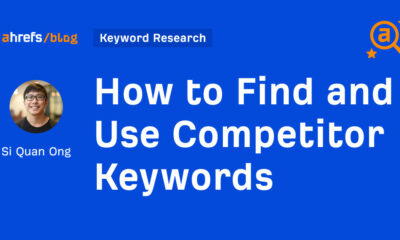







You must be logged in to post a comment Login